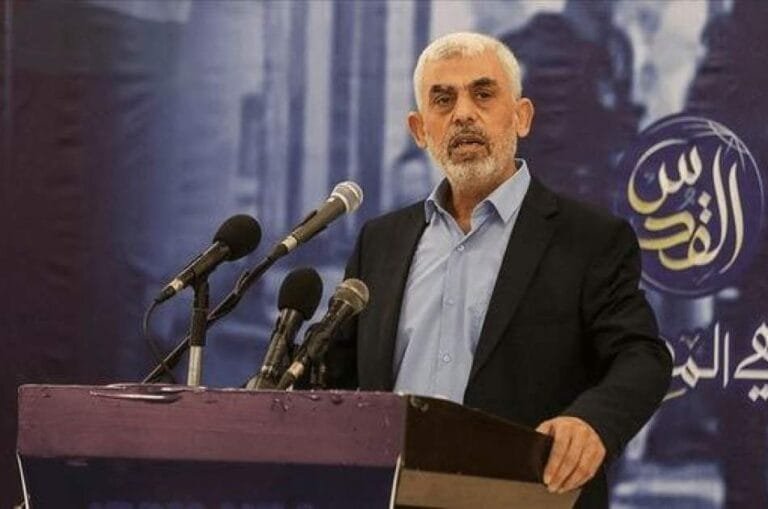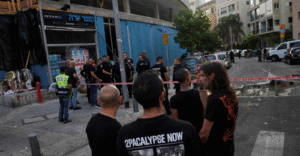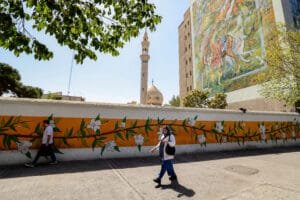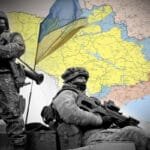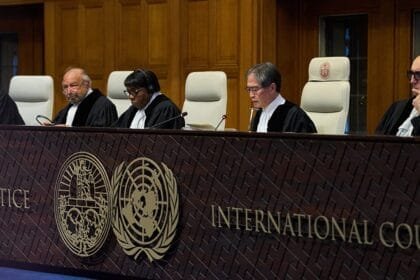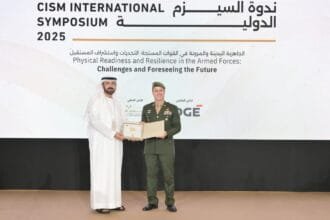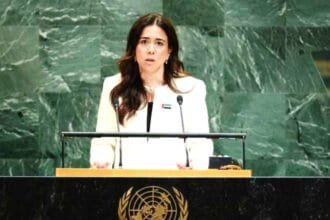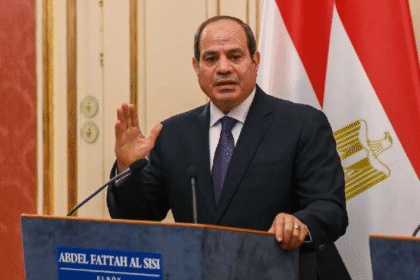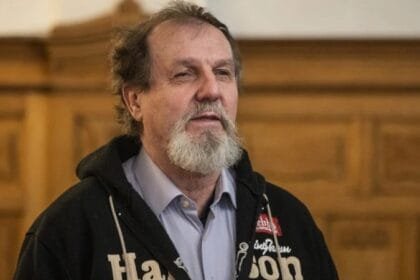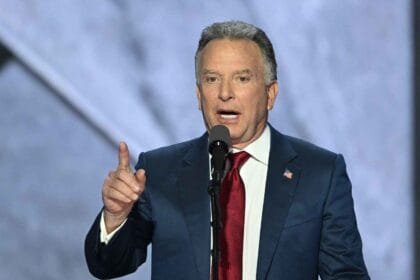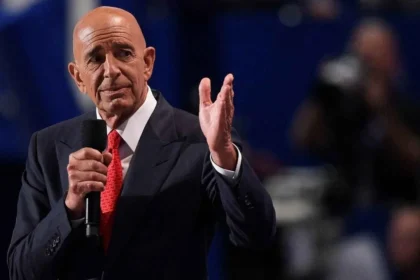Gaza, Palestine – One year after the killing of prominent military commander Yahya Sinwar in Rafah, Hamas has entered a new phase of organizational and political transformation.
- Collective leadership and distributed files
- The military wing: successive losses and the emergence of new faces
- The negotiation equation: tactical pragmatism, not political moderation
- Symbolic Anniversary: Sinwar as an “Icon of Steadfastness”
- From Gaza to Doha: The New Geography of Resolution
- What has changed in a year?
- What awaits Hamas?
It was characterized by a shift in leadership from an individual model to a temporary collective leadership that manages strategic decisions from Doha. The leadership presence inside Gaza declined, while the influence of leaders abroad increased.
Collective leadership and distributed files
Following a series of assassinations targeting prominent figures in the movement, including Ismail Haniyeh in Tehran and Yahya Sinwar, Hamas established a temporary leadership committee based in Doha.
It includes five members, most notably Khaled Meshaal, Khalil al-Hayya, and Zaher Jabarin, in addition to representatives from Gaza, the West Bank, the diaspora, and the Shura Council.
According to sources close to the movement, this committee is temporarily handling political and military decisions. This is happening in the absence of consensus on a new individual leader.
Here, the signs of a growing separation between the political and military wings emerge, likely to continue until the next organizational elections.
The military wing: successive losses and the emergence of new faces
Following Sinwar’s death, the movement also lost its leader, Mohammed Sinwar, in Gaza during an Israeli strike in May 2025. This event deepened the operational vacuum within the senior ranks of the Qassam Brigades.
In contrast, Ezzedine Haddad emerged as an influential military figure who took a hardline stance on the terms of the truce and disarmament.
This shift indicates a rapid internal appointment mechanism that maintains continuity in military leadership. However, it also reflects a high degree of attrition within the movement’s military leadership.
The negotiation equation: tactical pragmatism, not political moderation
Although Hamas has accepted temporary ceasefires or exchange deals, its position on conditions for disarmament or its exclusion from governing Gaza has remained firm.
The movement, through its leaders, most notably Khalil al-Hayya, reiterated that the ceasefire and prisoner exchange are conditional upon the complete withdrawal of Israeli forces.
Observers believe the movement is displaying tactical flexibility that does not reflect political moderation. It is also leveraging its remaining strengths on the ground, despite ongoing military and humanitarian pressure.
Symbolic Anniversary: Sinwar as an “Icon of Steadfastness”
Hamas exploited the first anniversary of Sinwar’s death to reinforce its narrative of resilience and continuity. The Israeli military also released new photos of what it said was Sinwar’s body, an attempt to reinforce the narrative that the man whose name was linked to the October 7, 2023, attack had been killed.
Despite initial inconsistencies in the Israeli military’s accounts, his death was later documented through DNA tests and dental records. This use of the incident has reinforced the symbolic and media war between the two sides.
From Gaza to Doha: The New Geography of Resolution
Doha has become the center of gravity for Hamas’s political decision-making, while maintaining a military presence on the ground in Gaza, despite the deterioration of the organizational structure and the effectiveness of its institutions. This comes two years after the war. The structure of the Shura Council, which includes representatives from various factions, plays a role in preserving the legitimacy of decisions. However, it does not eliminate the geographic and political distance between the interior and the exterior.
What has changed in a year?
The individual leadership has been transformed into a temporary collective leadership based in Doha. While the military wing has lost prominent leaders, it has maintained cohesion through new field appointments.
The negotiating position also became more pragmatic. However, it remained opposed to disarmament or political exclusion. Meanwhile, the gap between the inside and the outside world widened. Military decision-making remained in the hands of field commanders inside Gaza.
The anniversary of Sinwar’s death has also become a platform for building narratives and boosting morale in the face of mounting pressure.
What awaits Hamas?
With the fate of the US-sponsored ceasefire plan still uncertain and regional mediation efforts ongoing, the coming year will be a crucial test of the effectiveness of the collective leadership model.
The movement’s ability to deal with reconstruction, governance, and security issues.
The potential prisoner exchange deal will also determine the nature of the future relationship between the political and military wings. It will also clarify whether the movement will move toward a more consolidated distribution of roles or a return to a centralized leadership.




